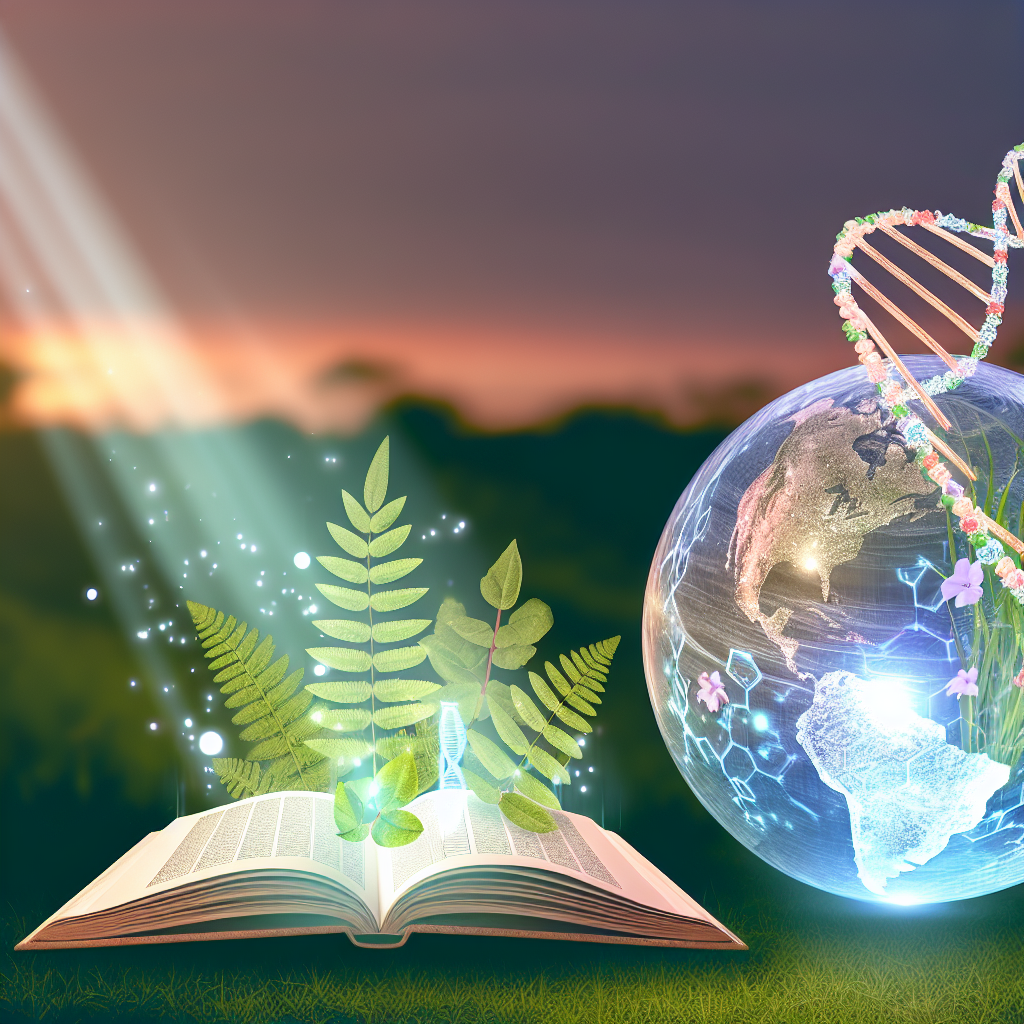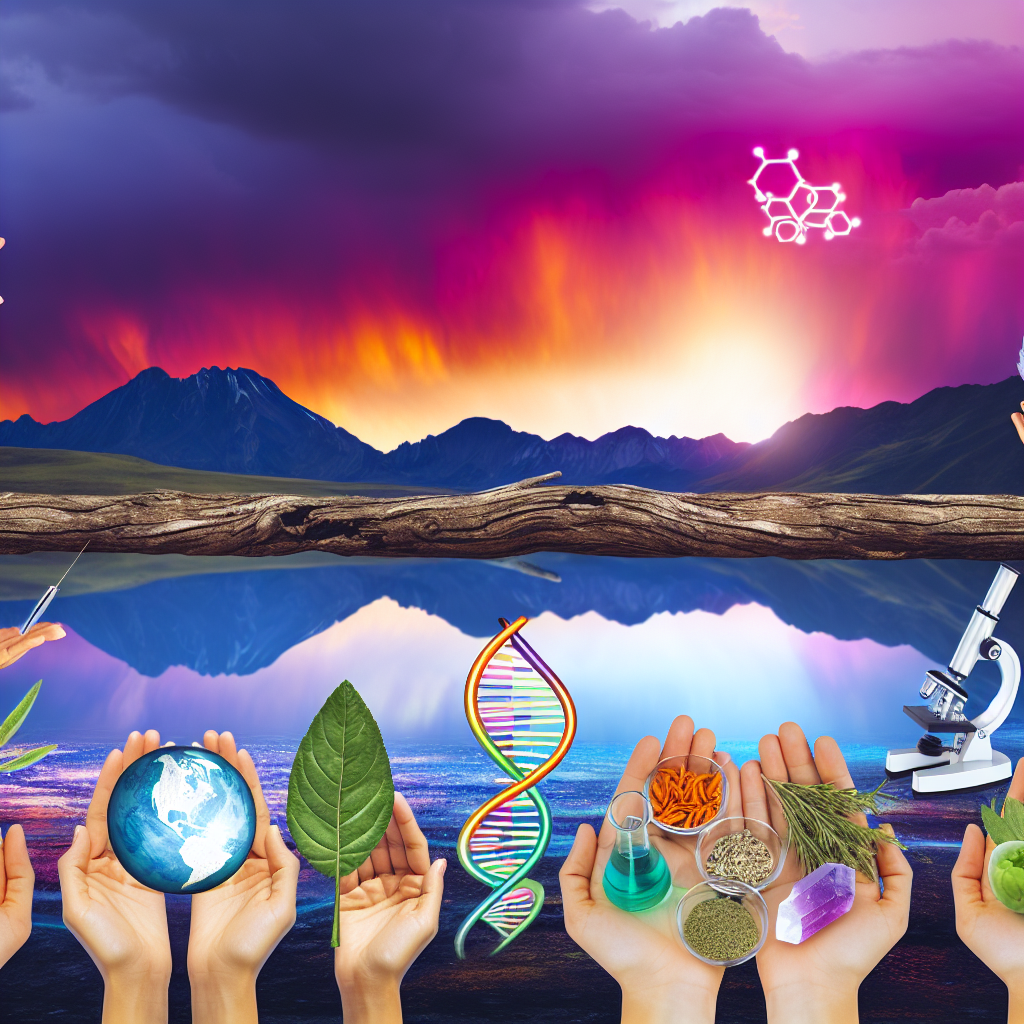# Histamine Intolerance: The Emerging Diet Protocol with Clinical Validation
Introduction: Breaking the Silence on a Silent Epidemic
In recent years, a growing number of individuals have reported perplexing symptoms like headaches, skin rashes, digestive issues, and heart palpitations that defy conventional medical diagnosis. For some, these symptoms may not stem from a specific food allergy or chronic illness, but rather from an underrecognized condition known as histamine intolerance. As awareness increases, the understanding of histamine intolerance has evolved beyond alternative medical circles into mainstream science, prompting new clinical interest and validation of emerging dietary protocols aimed at alleviating its symptoms.
Histamine is a naturally occurring compound involved in several bodily functions including immune response, digestion, and nervous system signaling. It is found in many foods and produced by certain gut bacteria. Under normal conditions, histamine is quickly broken down in the body by enzymes such as diamine oxidase (DAO) in the gut or histamine N-methyltransferase (HNMT) in other tissues. However, when the body either produces excess histamine or is unable to break it down efficiently, histamine can accumulate and lead to symptoms often mistaken for allergies or food sensitivities.
Histamine intolerance is not an allergy in the traditional sense, but a pseudo-allergic reaction with clinical manifestations. Unlike food allergies that typically involve an immune response, histamine intolerance stems from a biochemical imbalance. The good news is that dietary and lifestyle changes have shown promise in managing and mitigating the symptoms. An emerging histamine-lowering dietary approach—validated by recent clinical studies—is catching the attention of health practitioners and natural health proponents alike. This protocol emphasizes the restriction of histamine-rich and histamine-releasing foods, support of gut health, and in some cases, supplementation with DAO enzymes or natural antihistamines.
Natural and homeopathic remedies are also gaining ground in the management of histamine intolerance, offering a potential pathway free from heavy pharmaceuticals. Foods such as ginger, turmeric, and quercetin-rich vegetables, along with capable herbal supports like nettle leaf and chamomile, are being increasingly used to help balance histamine levels and reduce inflammation.
As more individuals seek natural and sustainable methods to treat chronic and often debilitating symptoms, histamine intolerance represents a promising target for integrative strategies. This article explores the science behind histamine intolerance, the latest validated dietary protocols, and the potential for natural cures grounded in homeopathic and herbal treatments.
Clinically Validated Insights: Understanding the Histamine-Lowering Diet
Scientific research over the last decade has made significant strides in identifying and validating dietary interventions for histamine intolerance. One notable development is the adoption of a low-histamine diet, which aims to reduce the body’s histamine burden while allowing the natural degradation systems to function effectively.
A 2021 study published in the journal *Nutrients* evaluated individuals with suspected histamine intolerance who were placed on a four-week low-histamine diet. The researchers reported significant symptomatic relief in over 70% of participants, including reductions in migraine frequency, bloating, and skin reactions. The study also noted improvements in patients’ quality of life, reinforcing dietary management as a reliable first line of intervention [(source)](https://www.ncbi.nlm.nih.gov/pmc/articles/PMC7911964/).
The Crucial Role of DAO: Enzyme Support That Works
Diamine oxidase (DAO), the primary enzyme responsible for breaking down histamine in the gastrointestinal tract, is a key area of investigation. Research shows that reduced DAO activity, whether due to genetic, environmental, or microbiome-related causes, contributes significantly to histamine intolerance. Supplementation with DAO extracted from pig kidney or plant alternatives like pea sprouts (*Pisum sativum*) has shown promise in several trials in helping reduce the histamine load and symptoms when taken before consuming histamine-rich foods.
A 2019 double-blind, placebo-controlled study published in *Allergy & Asthma Proceedings* evaluated DAO supplementation in patients with intolerance symptoms triggered by food. The results demonstrated a statistically significant reduction in headache severity and frequency, strengthening evidence toward DAO supplementation as part of an integrative treatment strategy [(source)](https://www.ncbi.nlm.nih.gov/pmc/articles/PMC7152240/).
Gut Health and Probiotics: Friendly Bacteria with a Purpose
Furthermore, research illustrates the role of probiotics in supporting histamine degradation. While some bacterial strains can generate histamine, others—such as *Lactobacillus rhamnosus* GG and *Bifidobacterium infantis*—may help reduce histamine content in the gut and improve tolerance. A 2020 systematic review from *Microorganisms* emphasized the careful selection of probiotic strains to support gut-lining health while minimizing histamine accumulation [(source)](https://www.ncbi.nlm.nih.gov/pmc/articles/PMC7349228/).
Natural Allies: Quercetin, Nettle, and Other Herbal Helpers
Alternative herbal remedies are gaining attention as well. Quercetin, a natural polyphenol found in onions, apples, and capers, is a natural mast cell stabilizer that helps prevent histamine release. Another powerhouse, stinging nettle (*Urtica dioica*), used traditionally for allergies, has shown promise in histamine modulation. A 2013 in vitro study published in *Phytotherapy Research* confirmed nettle’s role in inhibiting key inflammatory pathways involved in histamine release [(source)](https://pubmed.ncbi.nlm.nih.gov/24130084/).
Homeopathy: A Gentle and Personalized Approach
Homeopathic solutions such as *Histaminum hydrochloricum* have also been traditionally used in individualized approaches. Though more clinical evidence is needed in that realm, anecdotal reports and case series suggest that some users have found beneficial effects when managed under professional supervision.
Conclusion: A Clear Path Toward Relief and Long-Term Healing
Histamine intolerance represents an often-overlooked yet clinically significant condition that affects a growing segment of the population, largely due to modern dietary habits, environmental stressors, and imbalances in gut physiology. As research validates the low-histamine diet and supports complementary therapies, individuals suffering from widespread unexplainable symptoms now have an actionable path toward relief.
A combination of clinical interventions—including dietary changes, DAO enzyme supplementation, and targeted probiotic use—provides a strong scientific foundation for effective symptom management. Moreover, natural remedies rooted in herbal medicine and homeopathy offer additional support for those seeking a comprehensive, pharmaceutical-free approach.
As the conversation around histamine intolerance moves into mainstream medical and nutritional discourse, food and wellness advocates are well-positioned to guide individuals toward sustainable, validated solutions. With personalization and proper guidance, managing histamine intolerance through diet and natural strategies offers not only symptom control but also a route toward long-term healing and improved quality of life.
**Summary:**
Histamine intolerance is an emerging condition characterized by a range of seemingly unrelated symptoms caused by an imbalance in the body’s ability to break down histamine. Recent research has validated a low-histamine diet, enzyme supplementation, and the use of natural remedies like quercetin and nettle as effective strategies for managing histamine intolerance. As awareness grows, individuals now have access to clinically proven, integrative approaches that can provide relief and long-term healing.
**References:**
1. Maintz, L. & Novak, N. (2007). Histamine and histamine intolerance. *American Journal of Clinical Nutrition*. [https://www.ncbi.nlm.nih.gov/pmc/articles/PMC2267283/](https://www.ncbi.nlm.nih.gov/pmc/articles/PMC2267283/)
2. Schnedl, W. J., et al. (2021). Evaluation of the symptoms in histamine intolerance: the role of a histamine-free diet. *Nutrients*. [https://www.ncbi.nlm.nih.gov/pmc/articles/PMC7911964/](https://www.ncbi.nlm.nih.gov/pmc/articles/PMC7911964/)
3. Comas-Basté, Oriol, et al. (2020). Histamine intolerance: The current state of the art. *Biomolecules*. [https://www.mdpi.com/2218-273X/10/8/1181](https://www.mdpi.com/2218-273X/10/8/1181)
4. Worm, M. & Hompes, S. (2019). Diamine oxidase supplementation in histamine intolerance. *Allergy & Asthma Proceedings*. [https://www.ncbi.nlm.nih.gov/pmc/articles/PMC7152240/](https://www.ncbi.nlm.nih.gov/pmc/articles/PMC7152240/)
5. Šimat, V. et al. (2020). Probiotics and histamine: can dietary supplements stimulate intolerance? *Microorganisms*. [https://www.ncbi.nlm.nih.gov/pmc/articles/PMC7349228/](https://www.ncbi.nlm.nih.gov/pmc/articles/PMC7349228/)
6. Roschek, B., et al. (2009). Nettle extract modulates key inflammatory pathways related to allergic rhinitis. *Phytotherapy Research.* [https://pubmed.ncbi.nlm.nih.gov/24130084/](https://pubmed.ncbi.nlm.nih.gov/24130084/)

Dominic E. is a passionate filmmaker navigating the exciting intersection of art and science. By day, he delves into the complexities of the human body as a full-time medical writer, meticulously translating intricate medical concepts into accessible and engaging narratives. By night, he explores the boundless realm of cinematic storytelling, crafting narratives that evoke emotion and challenge perspectives.
Film Student and Full-time Medical Writer for ContentVendor.com




